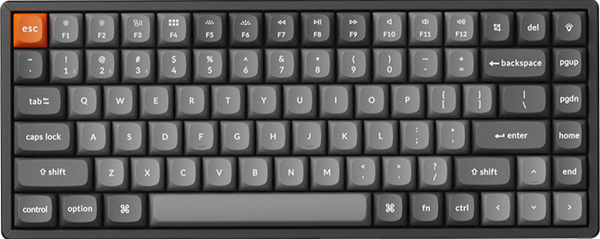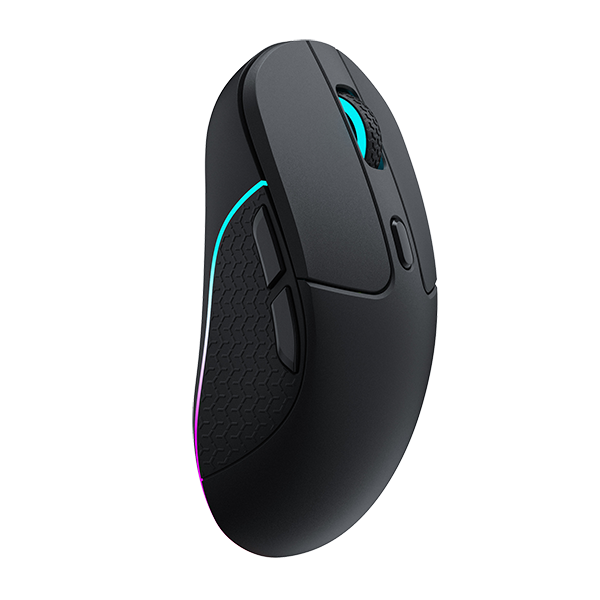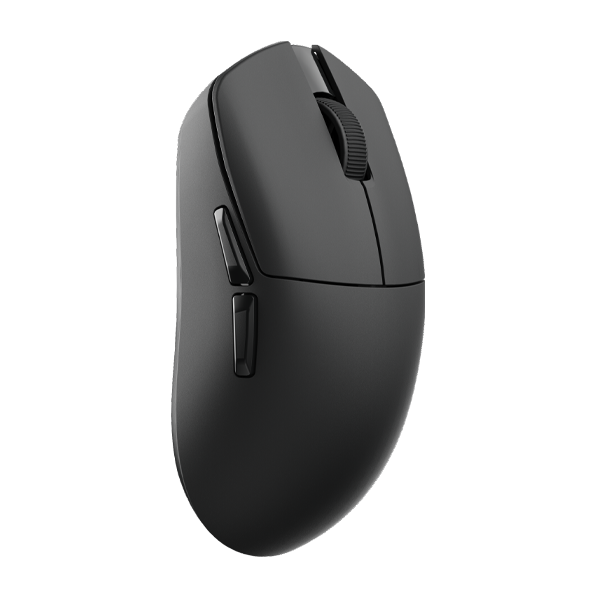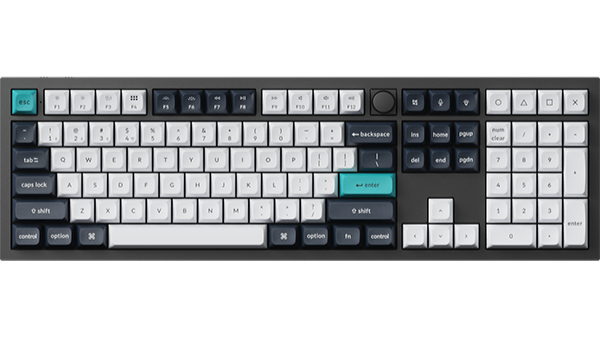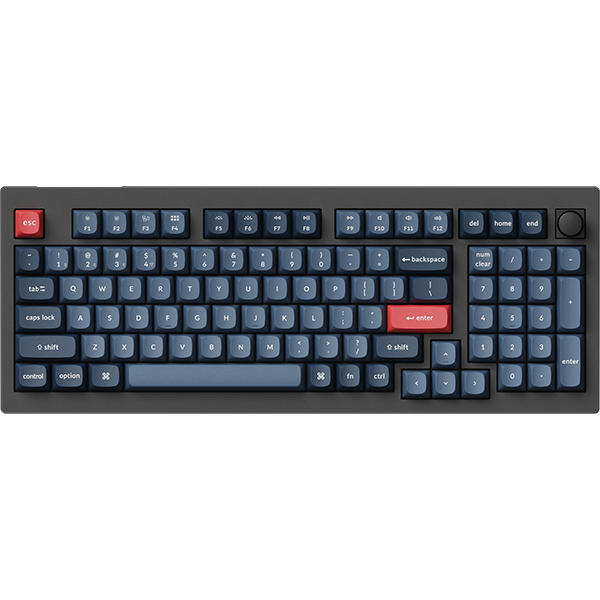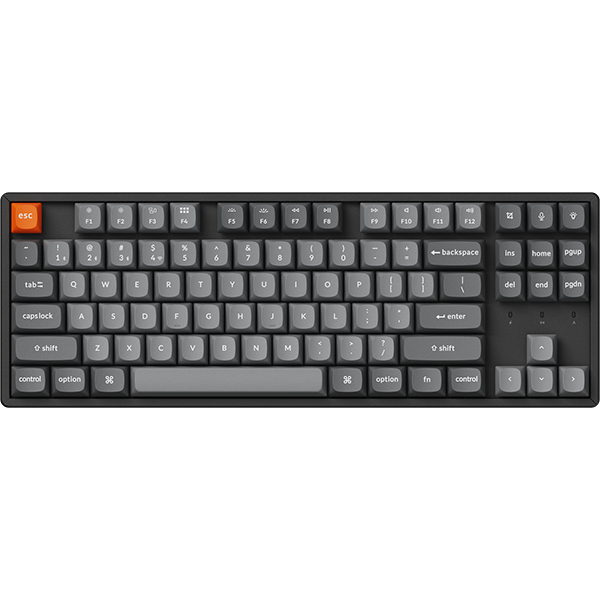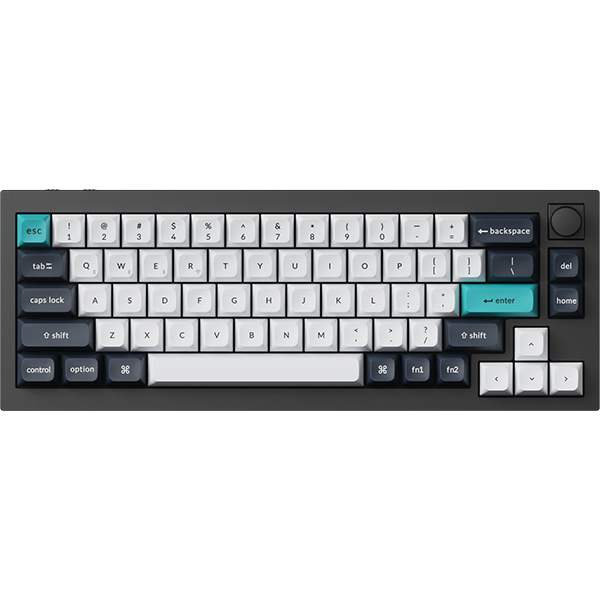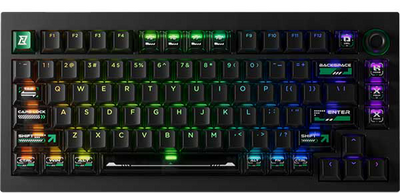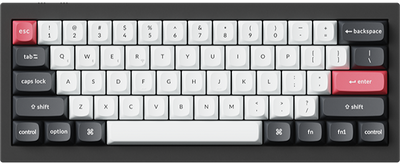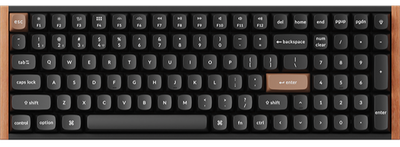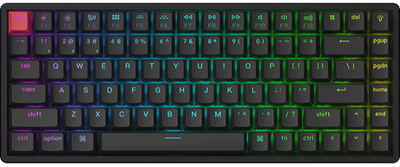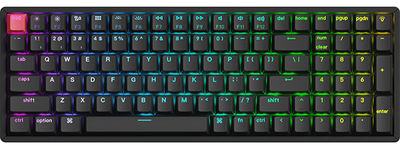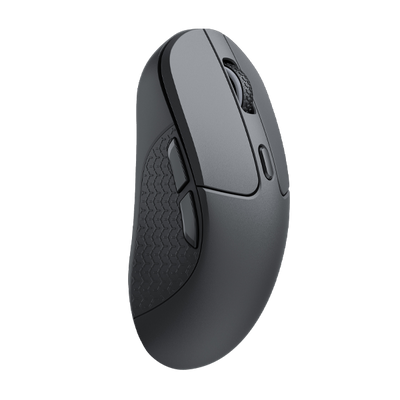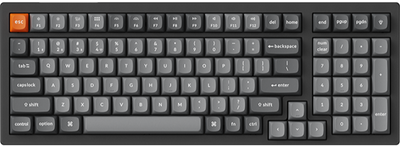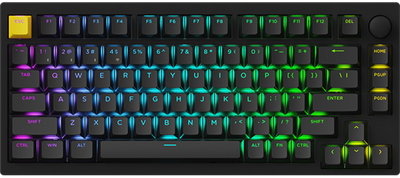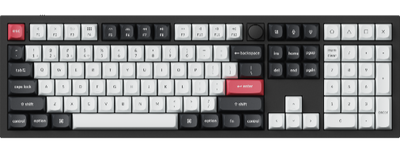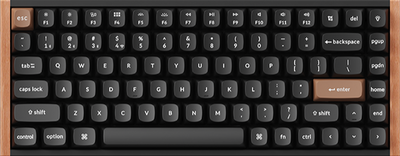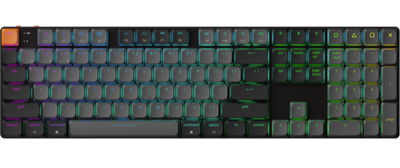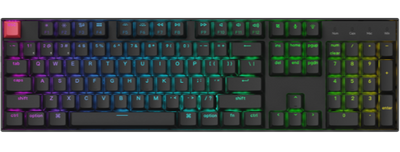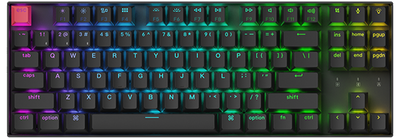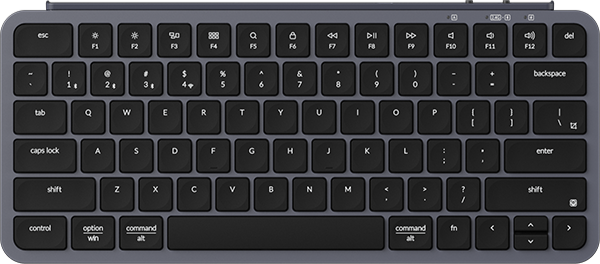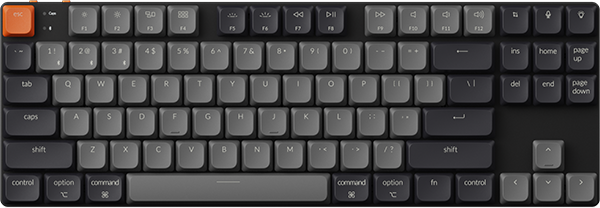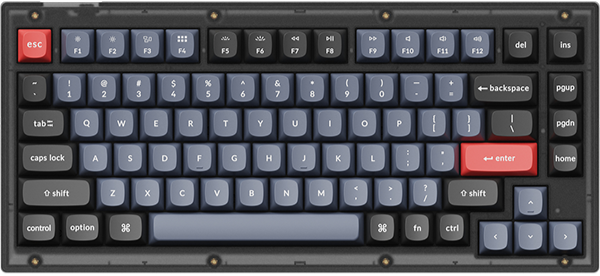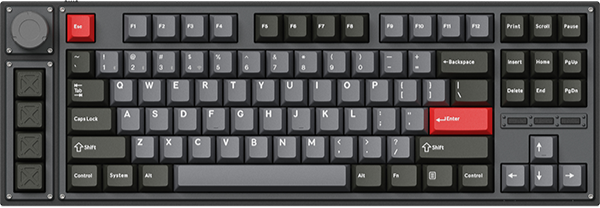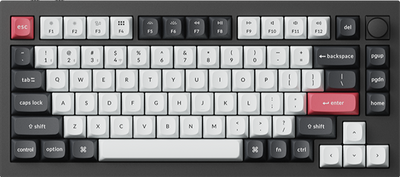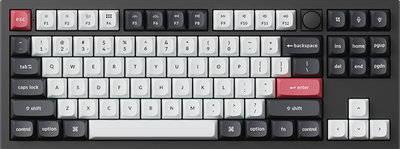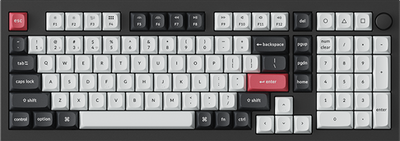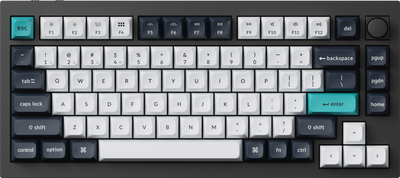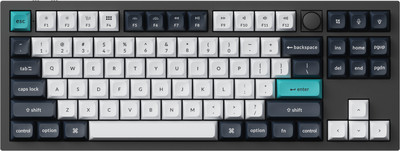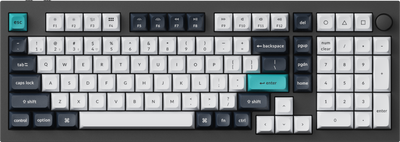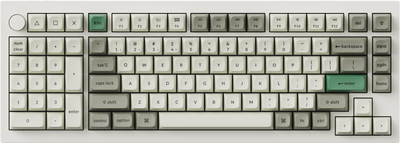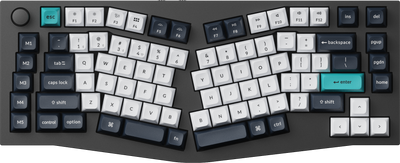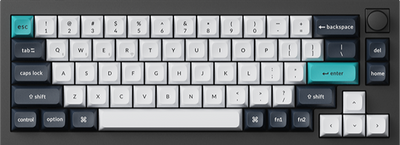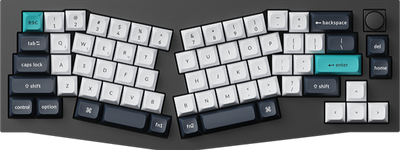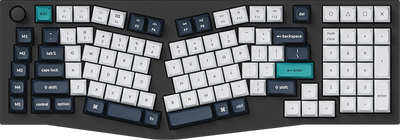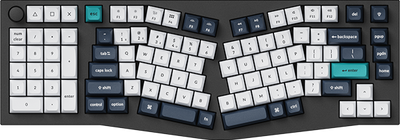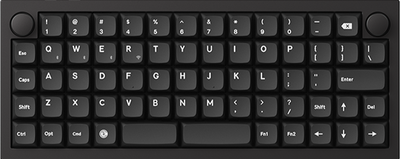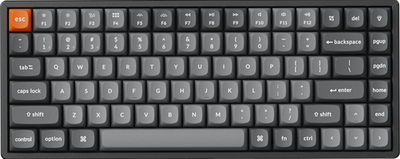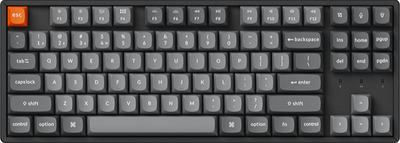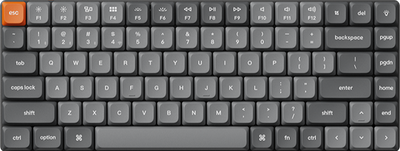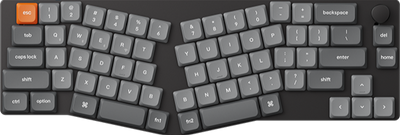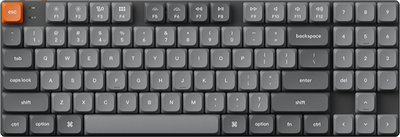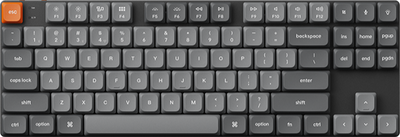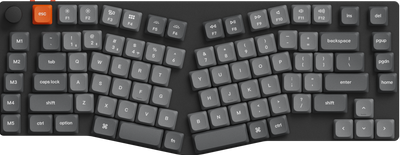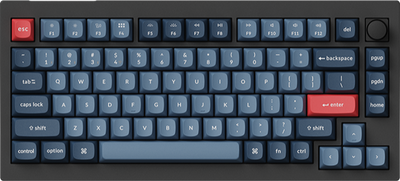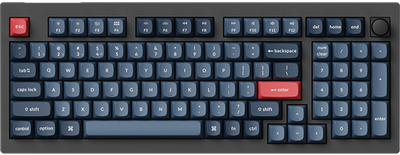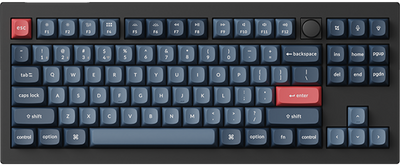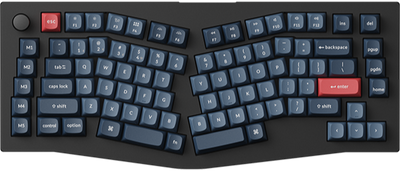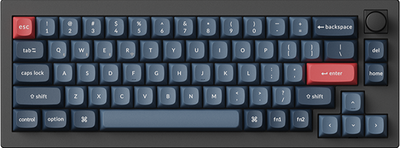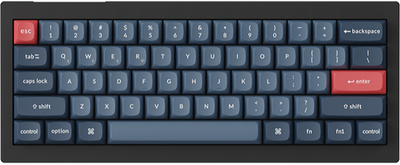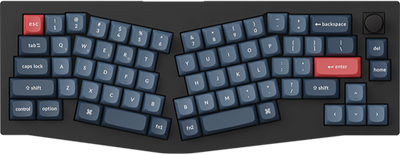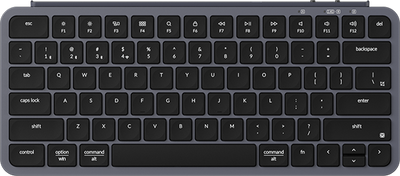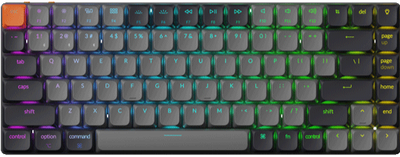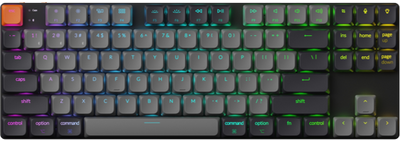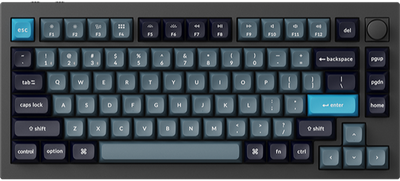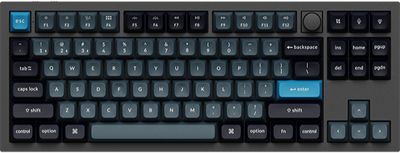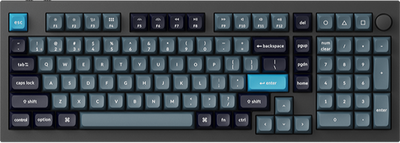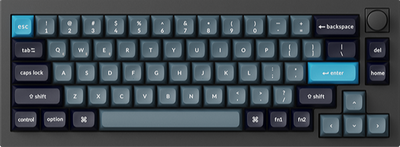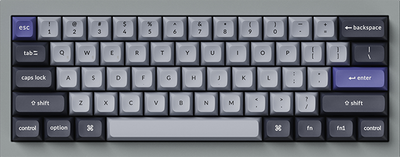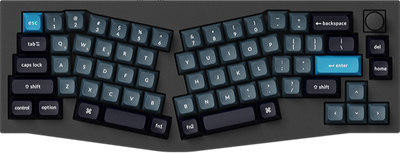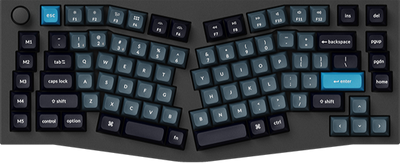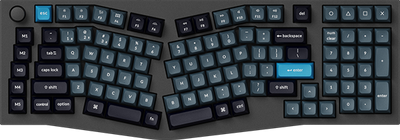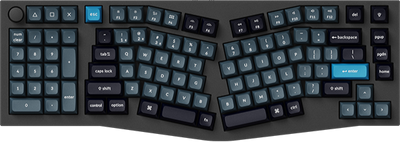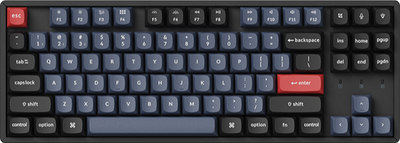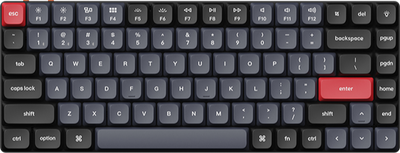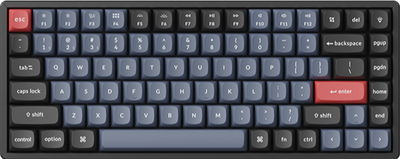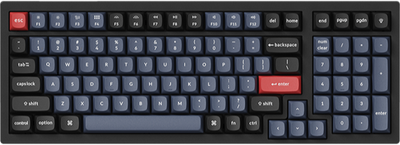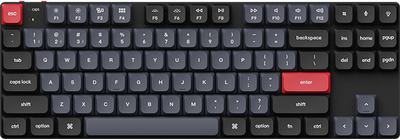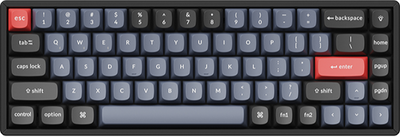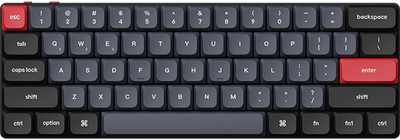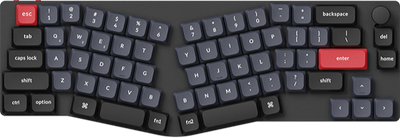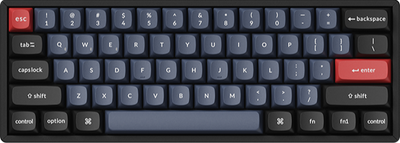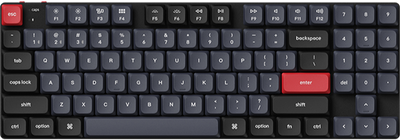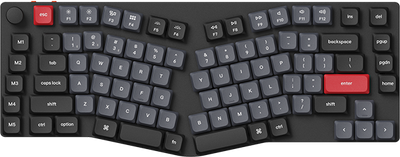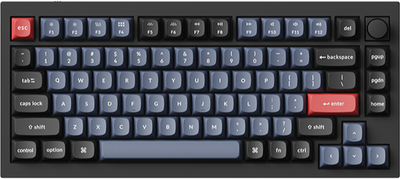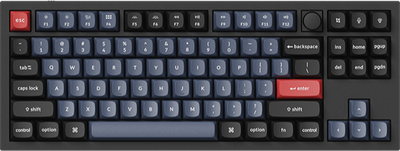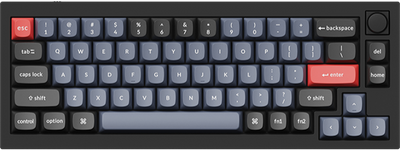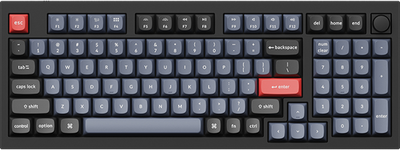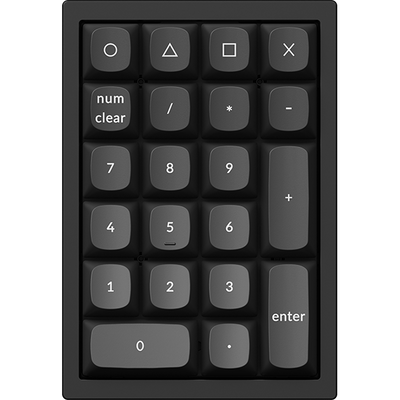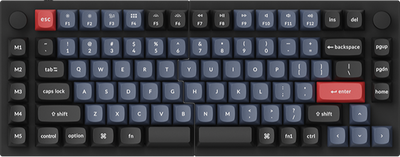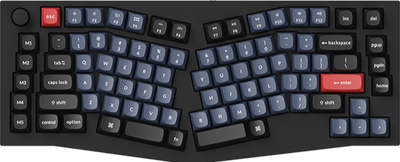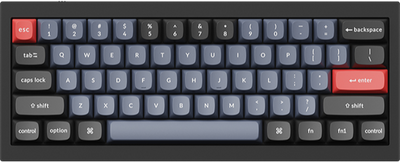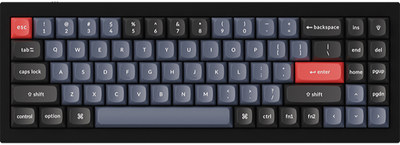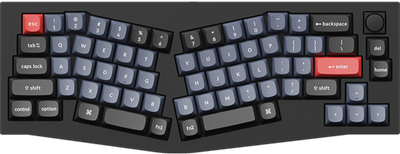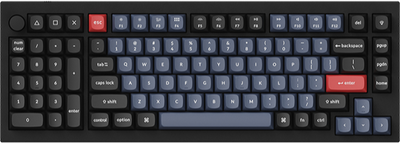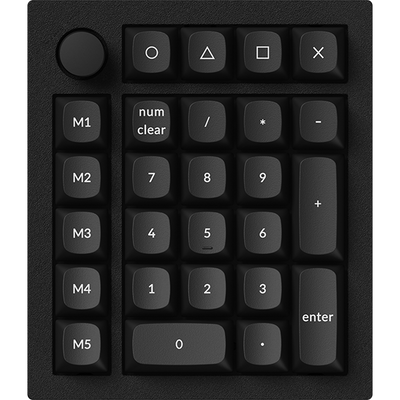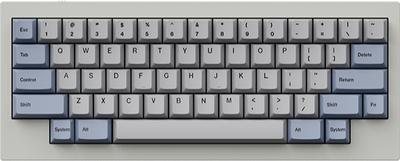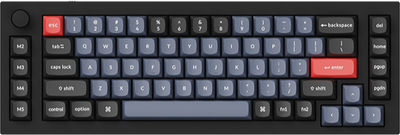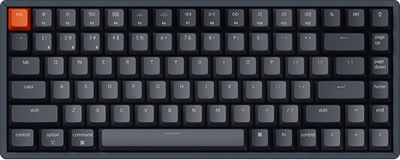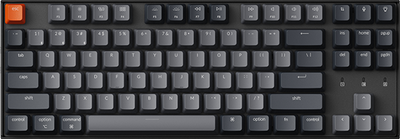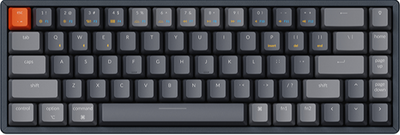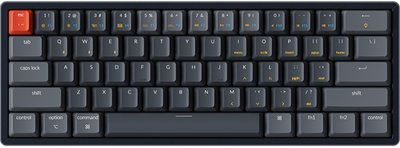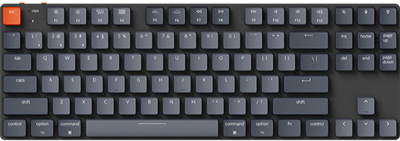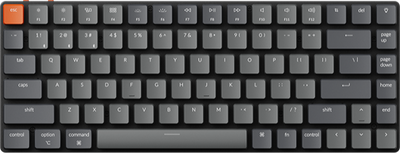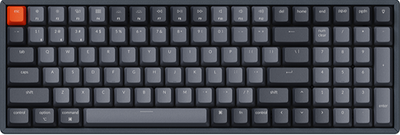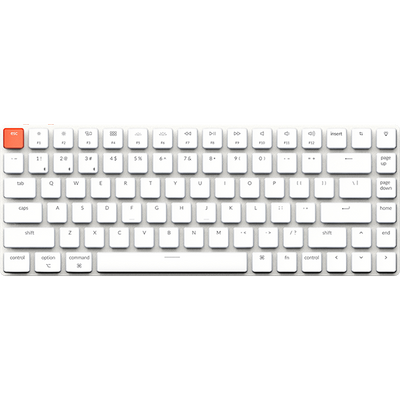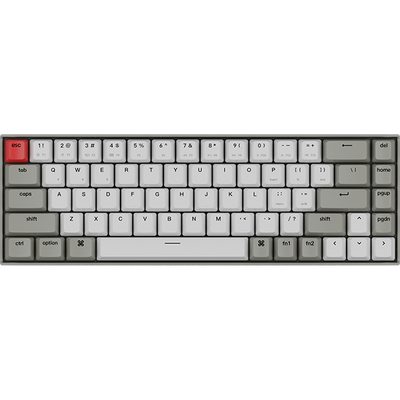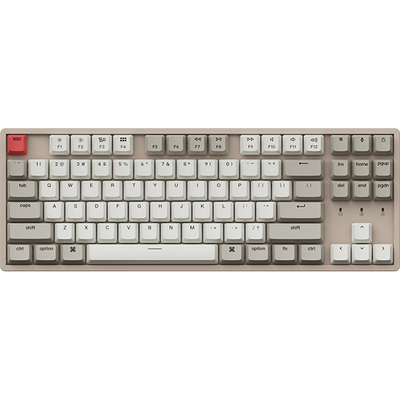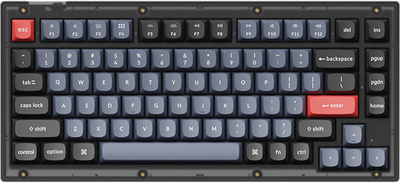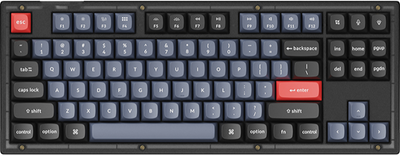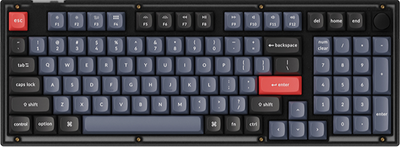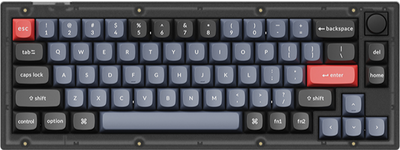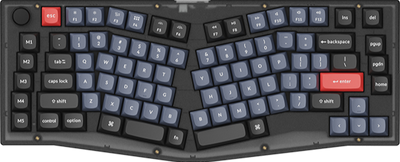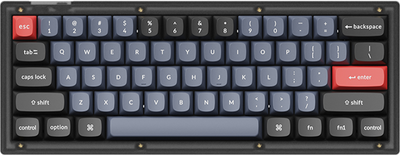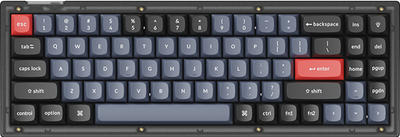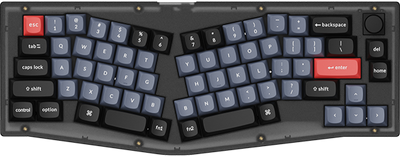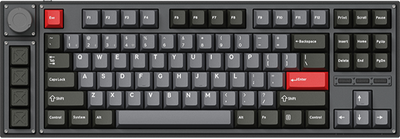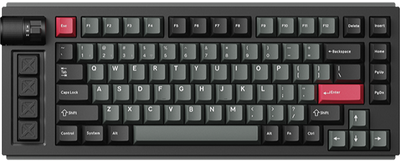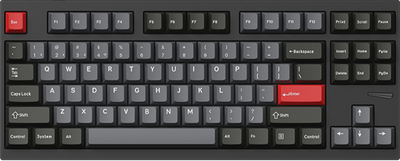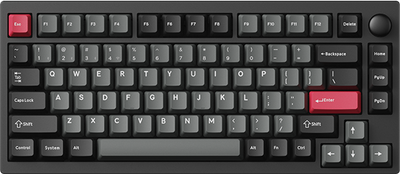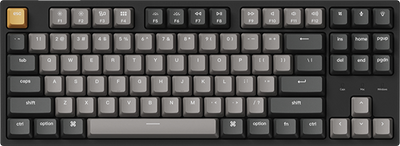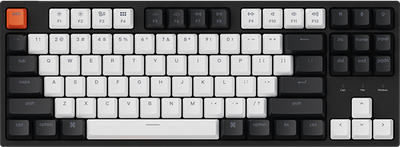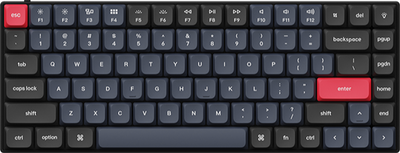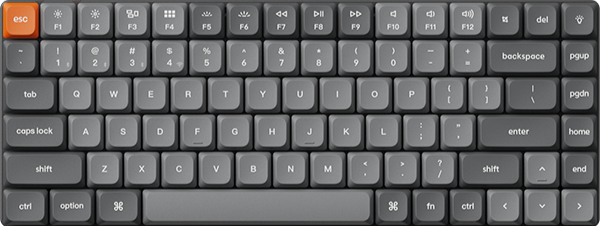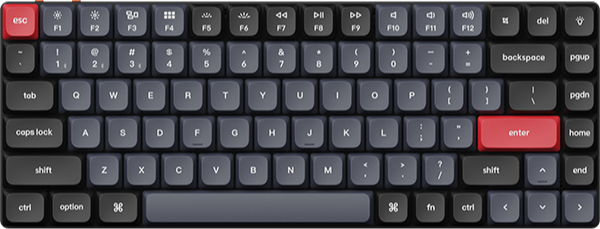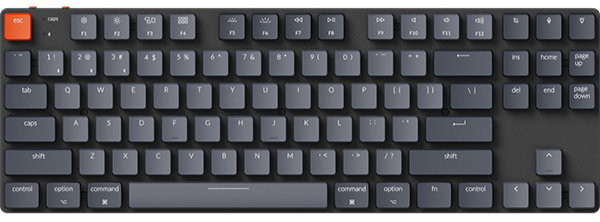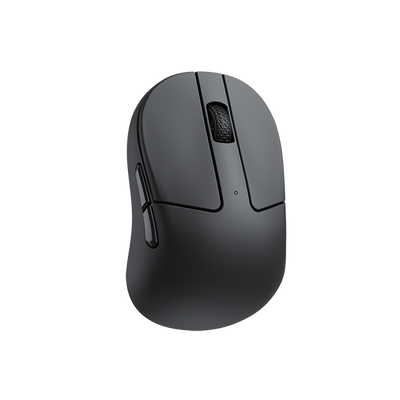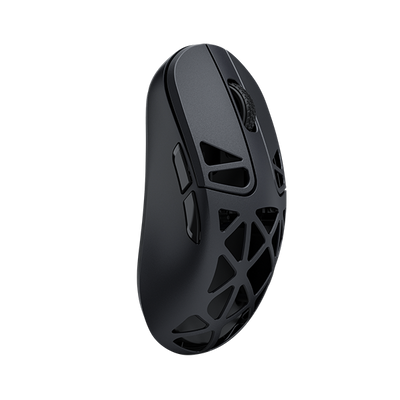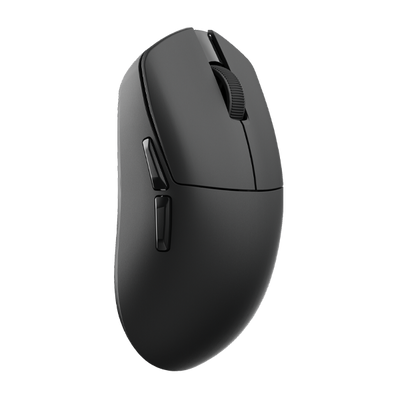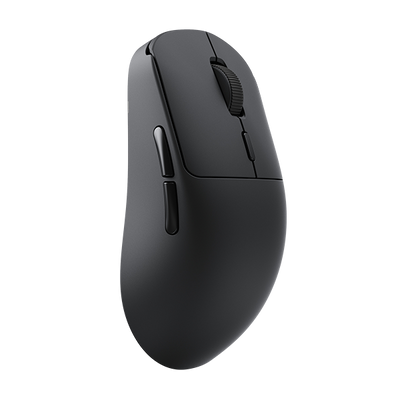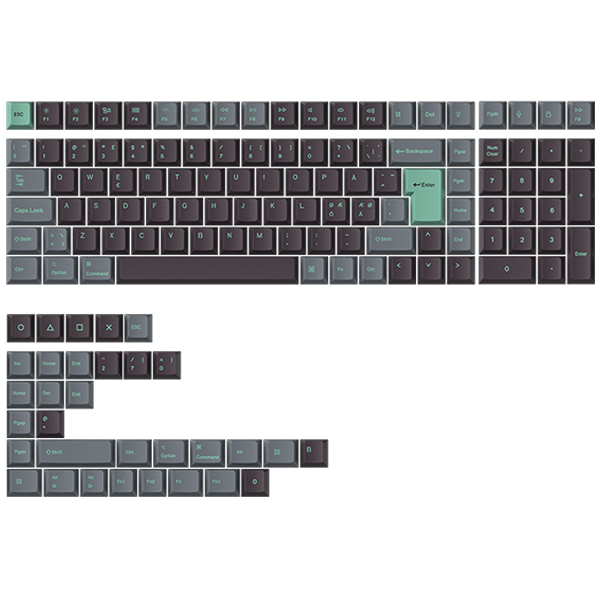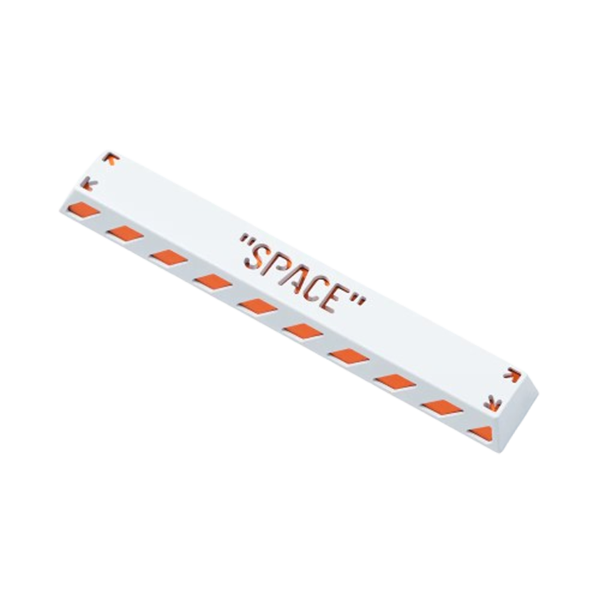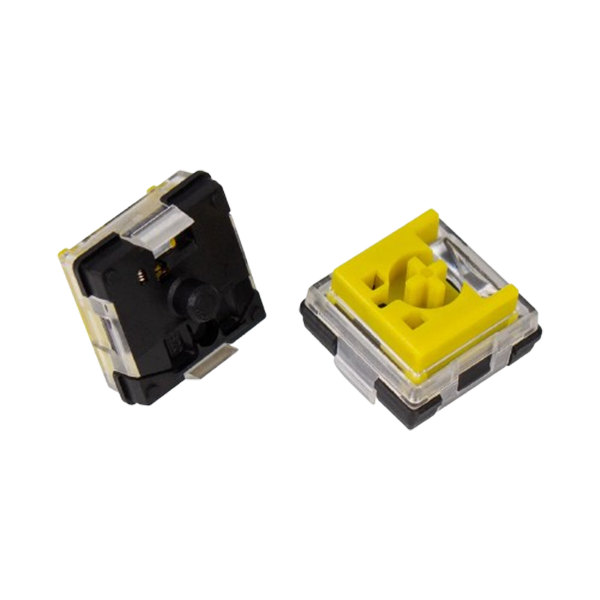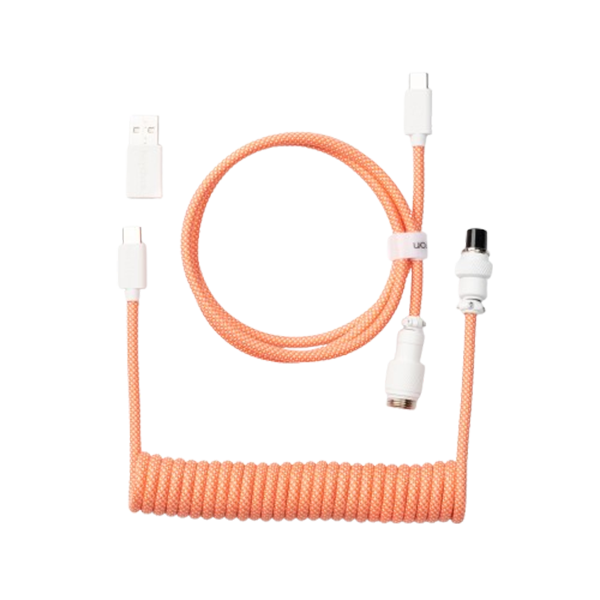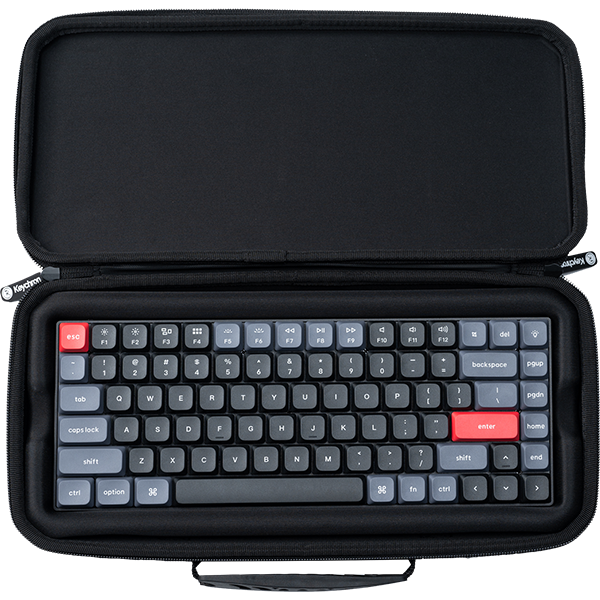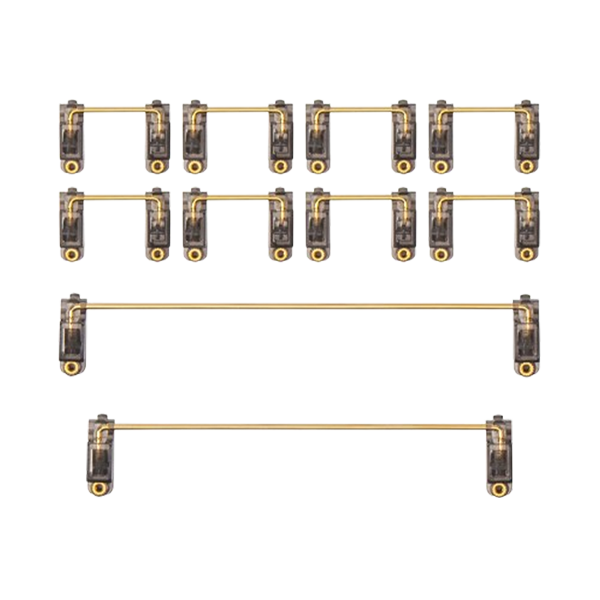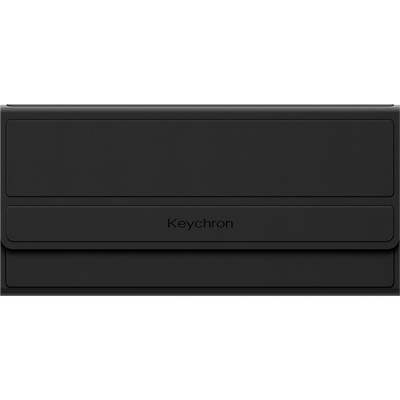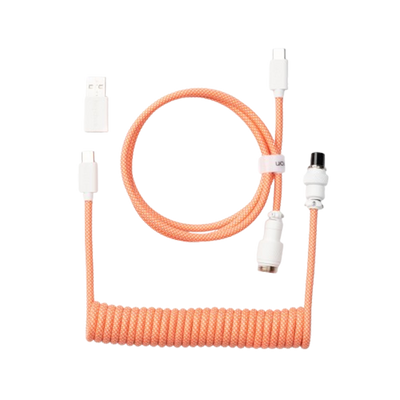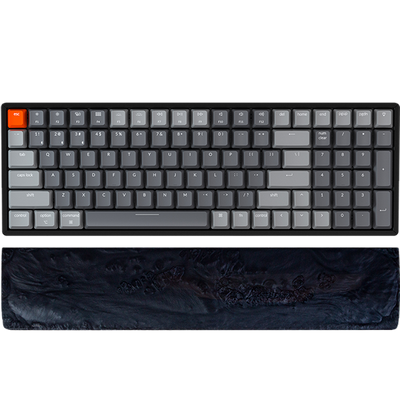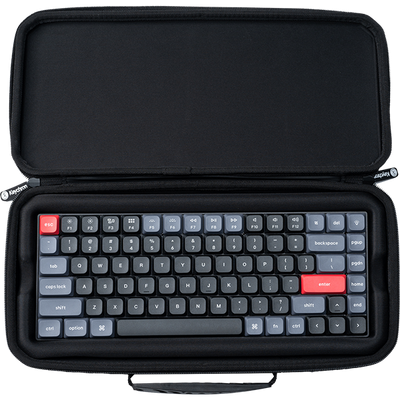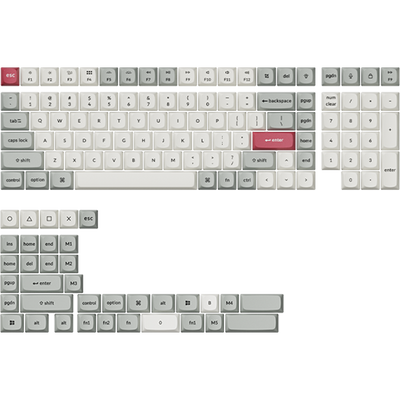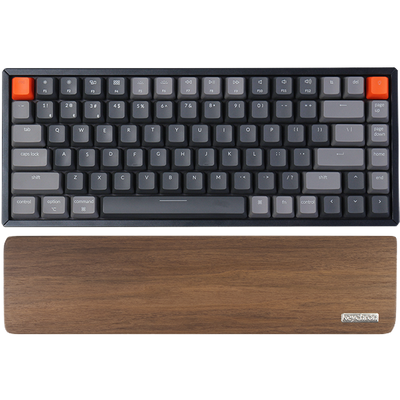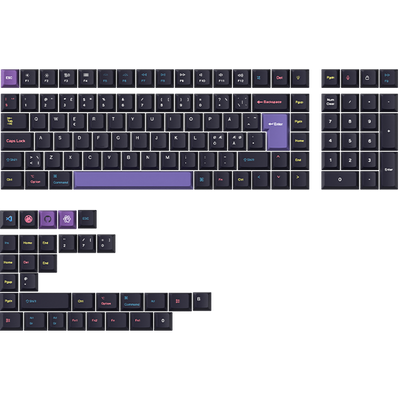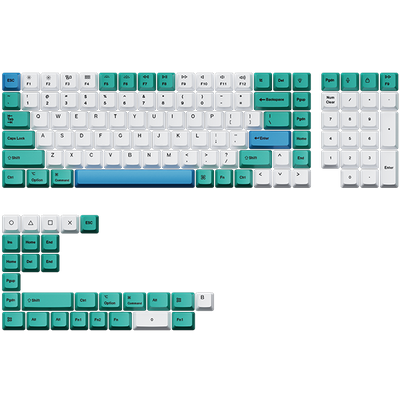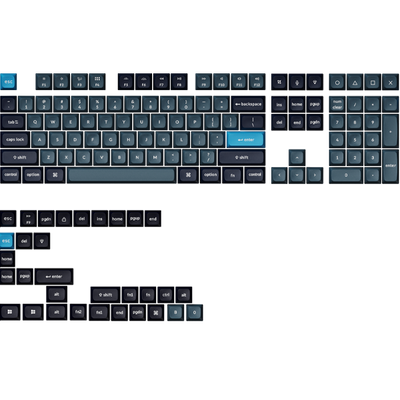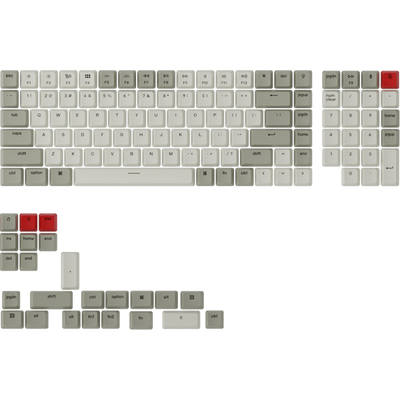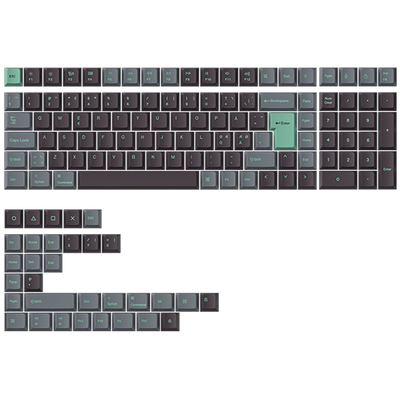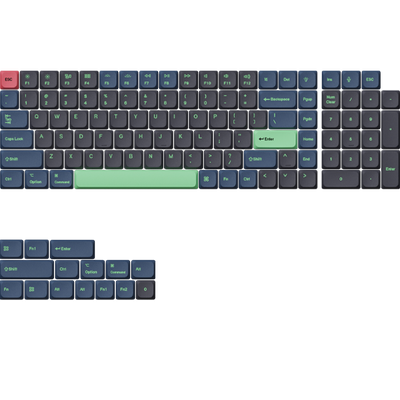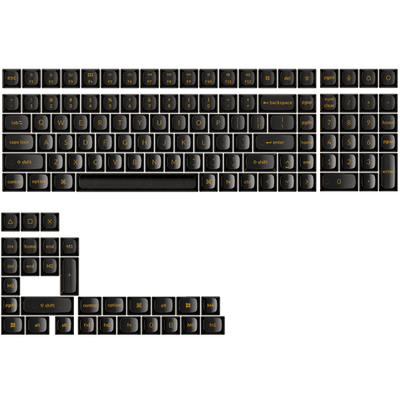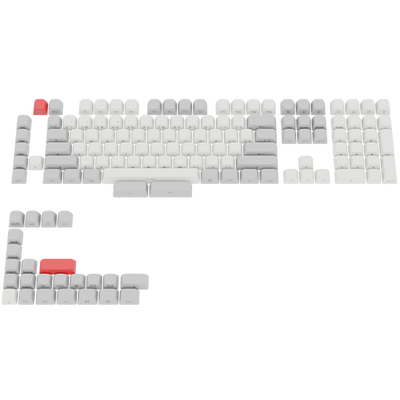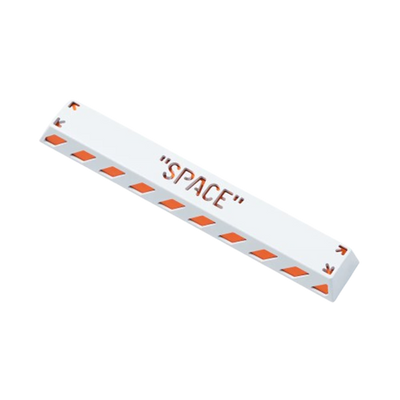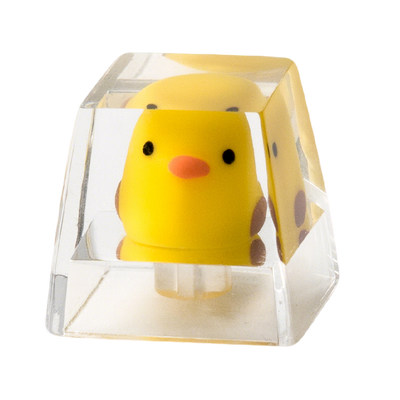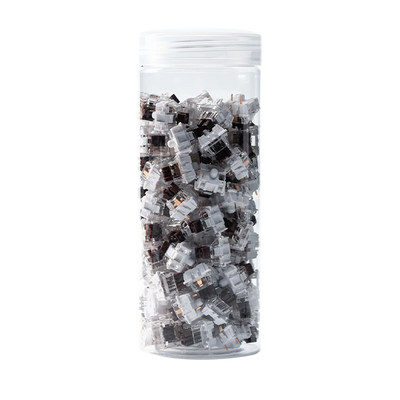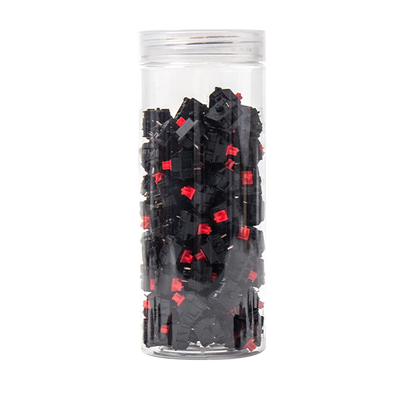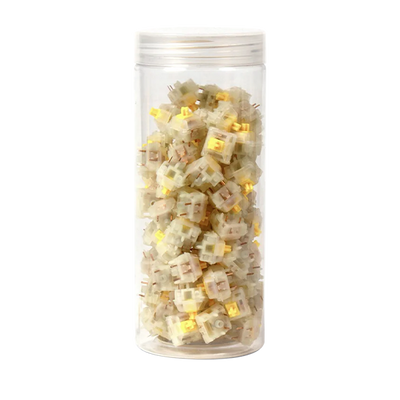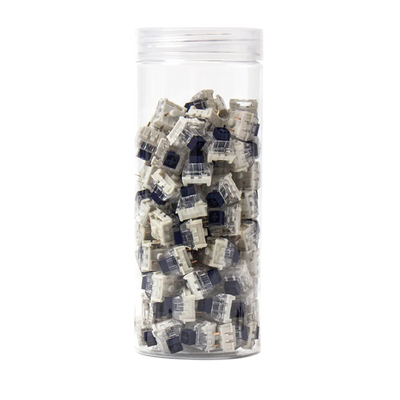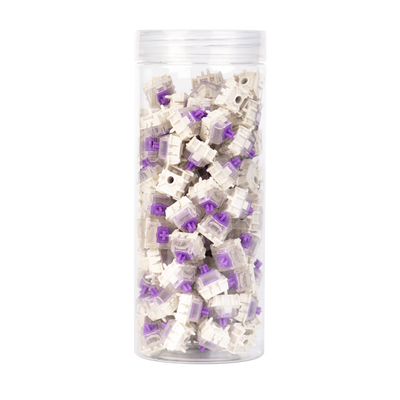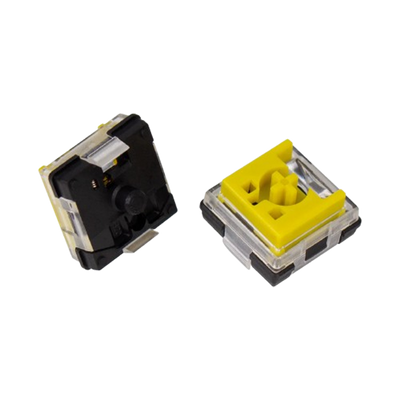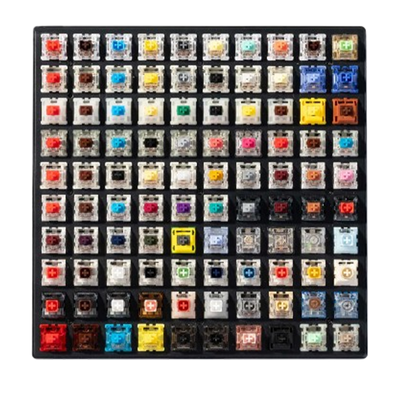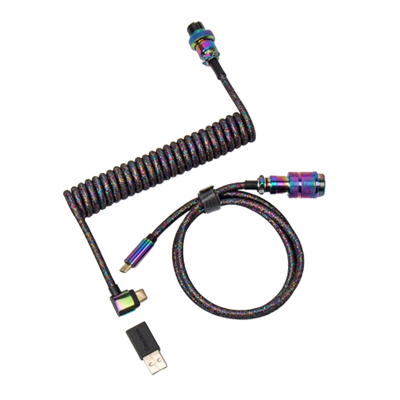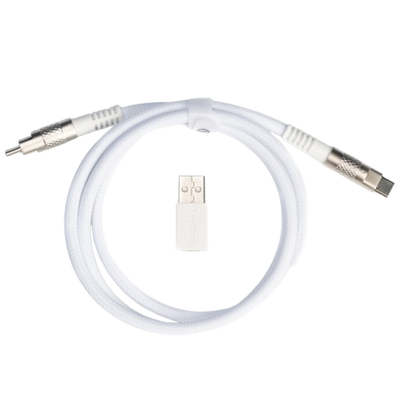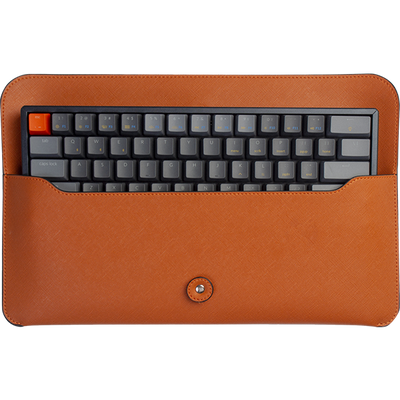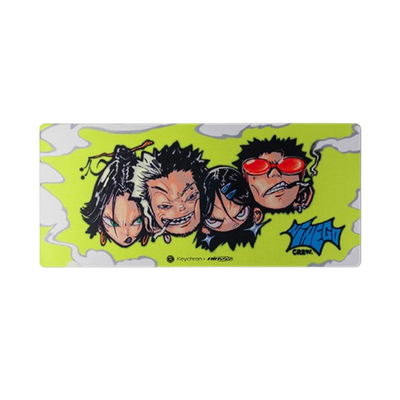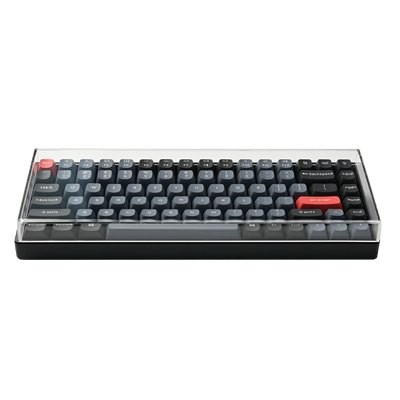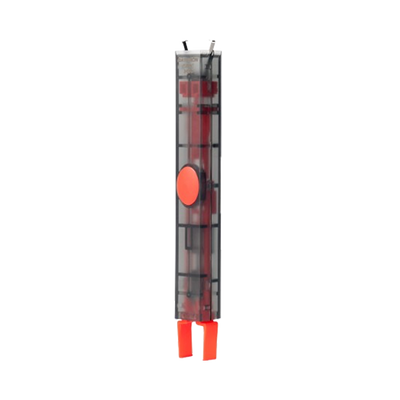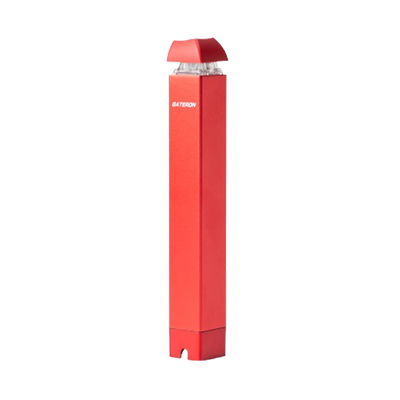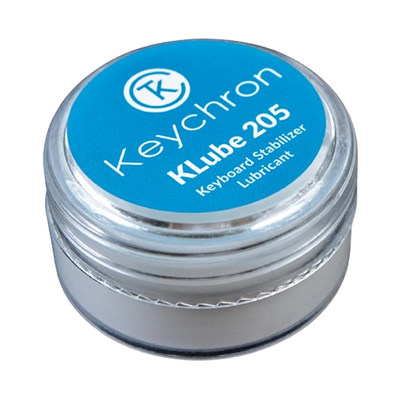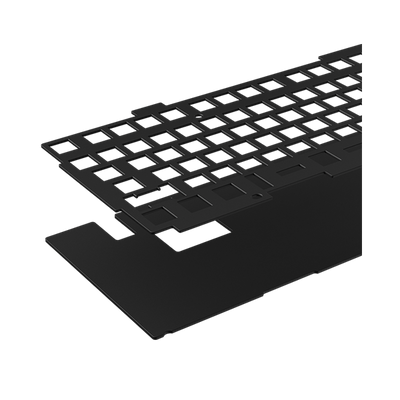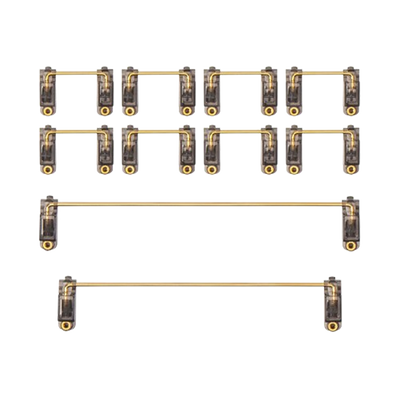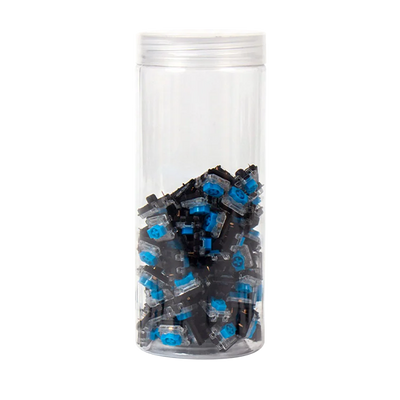Ever wondered about those satisfying clicks when you type? Let's explore bottom out vs top out keyboard concepts.
Bottoming out occurs when a key reaches its lowest point, while topping out is when it returns to its starting position. The actuation point, where your keystroke registers, happens before bottoming out.
Some prefer pressing fully, others stop at actuation. It's about personal comfort. Different switches offer unique feels and sounds during this process. Your typing style and switch choice significantly impact gaming and typing experiences.
Whether you like a soft landing or a crisp snap, there's a perfect switch for you. Curious about optimizing your keyboard experience? Read on to discover more!
What Exactly Does 'Bottoming Out' And 'Topping Out' Mean?

When you press a key, it travels downward. Bottoming out happens when you push the key all the way down until it hits the base. This can make typing loud and tiring.
Topping out is the opposite—it's when the key returns to its highest position after you let go.
Most keys need to move about halfway to register a keystroke. This point is called the actuation point. You don't have to press further, but many people do it out of habit.
Some keyboards have special features to help you avoid bottoming out:
- O-rings to soften the impact
- Heavier springs for more resistance
- Tactile bumps to signal when you've hit the actuation point
Different Switch Types And How They Affect Bottoming Out
Keyboard switches come in three main types:
- Linear: Smooth keypress from top to bottom
- Tactile: You feel a bump when the key activates
- Clicky: Similar to tactile, but with an audible click
Linear switches, like Cherry MX Reds, are easy to bottom out because there's no feedback.
Tactile switches, such as Cherry MX Browns, give you a physical cue when you've hit the actuation point. This can help you avoid bottoming out.
Clicky switches, like Cherry MX Blues, add sound to the tactile bump. The noise can train you to stop pressing once you hear the click, reducing bottom outs.
Your choice of switch can greatly impact your typing feel and sound. Experiment to find what works best for you!
Impact On Typing Experience
Bottoming out and topping out can really change how you type. Let's look at how these typing styles affect your keyboard use, comfort, and speed.
How Does Bottoming Out Affect Your Typing Experience?
Bottoming out happens when you press a key all the way down. This can make typing feel more solid and certain.
You might like the strong feedback it gives. But it can also tire out your fingers faster.
Bottoming out often leads to louder typing. The keys make a bigger sound when they hit the bottom. This might bother people around you or yourself if you like quiet typing.
Some people find bottoming out helps them type with more rhythm. They use the key's full travel as a guide for their typing pace.
Is Topping Out Better For Your Fingers And Keyboard?
Topping out means you stop pressing the key just when it registers. This can be gentler on your fingers.
You don't hit the keyboard as hard, so your hands might feel less tired after long typing sessions.
Your keyboard might last longer if you top out. There's less wear and tear on the switches and the board itself. This could be good if you have an expensive mechanical keyboard.
Topping out takes practice. At first, it might feel weird not to press the keys all the way. But many fast typists use this method to increase their speed.
Which Typing Style Is Faster: Bottoming Out Or Not?
Typing speed can vary based on your style. Some fast typists bottom out, while others don't. It often comes down to what feels most natural to you.
Not bottoming out can lead to faster typing for some. Your fingers don't have to travel as far, so they can move to the next key quicker. This small time saving can add up over many keystrokes.
Bottoming out might slow you down a bit. But if it feels more comfortable, you might type faster overall. Comfort can be key to maintaining speed over long periods.
Does Bottoming Out Make Your Keyboard Louder?
Yes, bottoming out usually makes your keyboard louder. When keys hit the bottom, they create a stronger sound. This can be satisfying for some but annoying for others.
The noise level depends on your keyboard type. Mechanical keyboards are often louder when bottoming out compared to membrane ones. Some mechanical switches are designed to be quieter, even when bottomed out.
If you like a quiet workspace, try not bottoming out. You'll get a softer sound that might be better for shared spaces or late-night typing sessions.
Long-Term Effects and Considerations
Keyboard habits can impact your typing experience and device longevity. Let's explore how bottoming out and topping out affect your keyboard over time, and if there's a sweet spot between the two.
Can Bottoming Out Damage Your Keyboard Over Time?
Hitting keys too hard can wear out your keyboard faster. Bottoming out puts extra stress on the switches and other parts. This might lead to:
- Shorter switch lifespan
- Louder typing noise
- Increased finger fatigue
Most mechanical switches can handle 20-50 million presses. But slamming keys can cut this number down. It's like driving a car—gentle use helps it last longer.
You might notice some keys feeling "mushy" after a while. This could mean the switches are wearing out. Keycaps can also get shiny spots where your fingers hit them most.
Is There a Middle Ground Between Bottoming Out and Topping Out?
You don't have to choose between smashing keys or barely touching them. There's a happy medium:
- Light touch: Press just enough to activate the key
- Listen for the click: Many switches make a sound when they activate
- Practice: It takes time to find the right pressure
Try different switch types. Some have a bump you can feel when the key activates. This helps you know when to stop pressing.
Using o-rings can also help. These small rubber rings soften the impact when keys bottom out. They can make typing quieter and gentler on your fingers.
Remember, comfort is key. Find a typing style that feels good and doesn't strain your hands. Your ideal approach might change as you type on different keyboards.
How To Choose Between Bottoming Out and Topping Out Based On Your Needs

Your typing style and comfort are key when picking between bottoming out and topping out.
If you like a firm, definitive keystroke, bottoming out might be your thing. It gives a solid feel and clear feedback. But if you want a lighter touch and faster typing, topping out could be better. It lets you type with less force and may reduce finger fatigue.
Think about your work environment too. Bottoming out can be louder, which might bug others in quiet spaces. Topping out is usually quieter and more office-friendly.
Your keyboard's switch type also matters. Some switches, like Cherry MX Blues, have a tactile bump that makes topping out easier. Others, like linear switches, may lead to more bottoming out.
Tips For Avoiding Bottoming Out If You Want To
If you're aiming to avoid bottoming out, try these tricks:
- Use lighter keystrokes
- Focus on feeling the actuation point
- Practice typing slowly at first
- Try keyboards with tactile switches
O-rings can help too. These small rubber rings fit around your keycap stems and cushion the impact when keys bottom out. They can make bottoming out less harsh and quieter.
Dampeners are another option. These thin pads go under your keycaps and soften the bottom-out feel. They can make your typing quieter and more comfortable.
Lastly, consider your typing posture. Sit up straight and keep your wrists level. This can help you type with a lighter touch.
How to Customize Your Keyboard For Your Preferred Typing Style
Your keyboard can be tweaked to fit your style perfectly. Start with the switches. If you like bottoming out, try linear switches. For topping out, tactile or clicky switches might work better.
Keycaps play a big role too. Taller keycaps can make bottoming out feel different. Some people find them more comfortable for long typing sessions.
You can also adjust your keyboard's height and angle. A slight tilt can change how your fingers hit the keys, affecting whether you bottom out or not.
For a softer bottom-out feel, try foam inserts in your keyboard case. They can absorb some of the impact and change the sound of your typing.
Don't forget about keyboard firmware. Some custom keyboards let you change the actuation point of your switches. This can help you find the perfect balance between bottoming out and topping out.
Bottom Out vs. Top Out: Which Is Better For Gaming?
When gaming, your keyboard choice matters a lot. Bottom out keyboards can give you a solid, definite feel when you press keys. This might help you know for sure that you've activated a command. But it can also slow you down a bit.
Top out keyboards, on the other hand, can be faster. You don't need to press the keys all the way down. This might help you react quicker in fast-paced games.
Some gamers like the tactile feedback of bottom out keyboards. It can make typing feel more satisfying.
Others prefer the speed of top out keyboards. They can help you make split-second moves in competitive games.
Your choice depends on what feels best to you. Try both types if you can. See which one helps you play better. Remember, comfort is key for long gaming sessions.
Conclusion
Bottoming out and topping out are crucial aspects of mechanical keyboard use. Bottoming out provides a satisfying clack, while topping out offers a lighter touch. There's no right or wrong approach – it's all about personal preference and comfort.
Modern switches are built to last, so don't worry about wear and tear. Experiment with different techniques to find what suits you best. Pay attention to hand fatigue during long sessions and adjust accordingly.
Remember, keyboard preferences are highly personal. What works for others might not work for you. The perfect typing technique is the one that allows you to game or work efficiently and comfortably.
With these considerations in mind, it's time to explore the diverse world of mechanical keyboards and find the one that best matches your typing style.
Ready to find your ideal keyboard setup? Check out Keychron's collection of mechanical keyboards and low-profile keyboards. Whether you prefer a tactile bump or a smooth linear feel, Keychron offers a range of options to suit every typing style and preference.
Frequently Asked Questions on Bottom Out vs. Top Out Keyboard
What defines the best switches to prevent bottoming out during gaming sessions?
Switches with higher actuation points work well for gaming. You might like linear switches with 45-55g actuation force. These let you press keys quickly without pushing all the way down. Some gamers prefer tactile switches for a clear feedback point.
How can one improve typing to avoid bottoming out on mechanical keyboards?
Practice typing with a lighter touch. Try to feel the actuation point and release the key there. Using o-rings can shorten key travel and give a softer landing. Typing on a keyboard with higher actuation points can also help you avoid bottoming out.
What is the significance of bottom out force in mechanical switches?
Bottom out force is the pressure needed to push a key all the way down. Higher bottom out force can help prevent accidental key presses. It also affects how the keyboard feels when typing. Some people like a firm bottom out for a solid typing feel.
Can bottoming out on a keyboard affect typing performance or durability?
Bottoming out may slow down your typing a bit. It takes more time to lift your fingers back up. But it won't hurt most keyboards. Modern switches can handle millions of presses. If you type hard, cushioned switches or o-rings can make bottoming out softer.
How does keyboard inclination impact the likelihood of bottoming out?
A steeper keyboard angle can make bottoming out more likely. Your fingers hit the keys at a sharper angle. This may cause you to press harder. A flatter keyboard position often leads to lighter typing. Try adjusting your keyboard's feet to find a comfortable angle.
Which types of switches are recommended for typists who tend to bottom out?
Tactile switches with a clear bump can help you feel when the key activates, providing a distinct feedback during typing. For those who prefer a firmer touch, switches with higher actuation force (60-80g) might suit heavy typists better.
On the other hand, if you're concerned about noise, silent switches dampen the sound of bottoming out, offering a quieter typing experience. Meanwhile, some typists prefer linear switches with a soft landing for a smoother feel, as these provide a consistent keystroke without the tactile bump.
Ultimately, the choice depends on your personal preferences and typing style.


